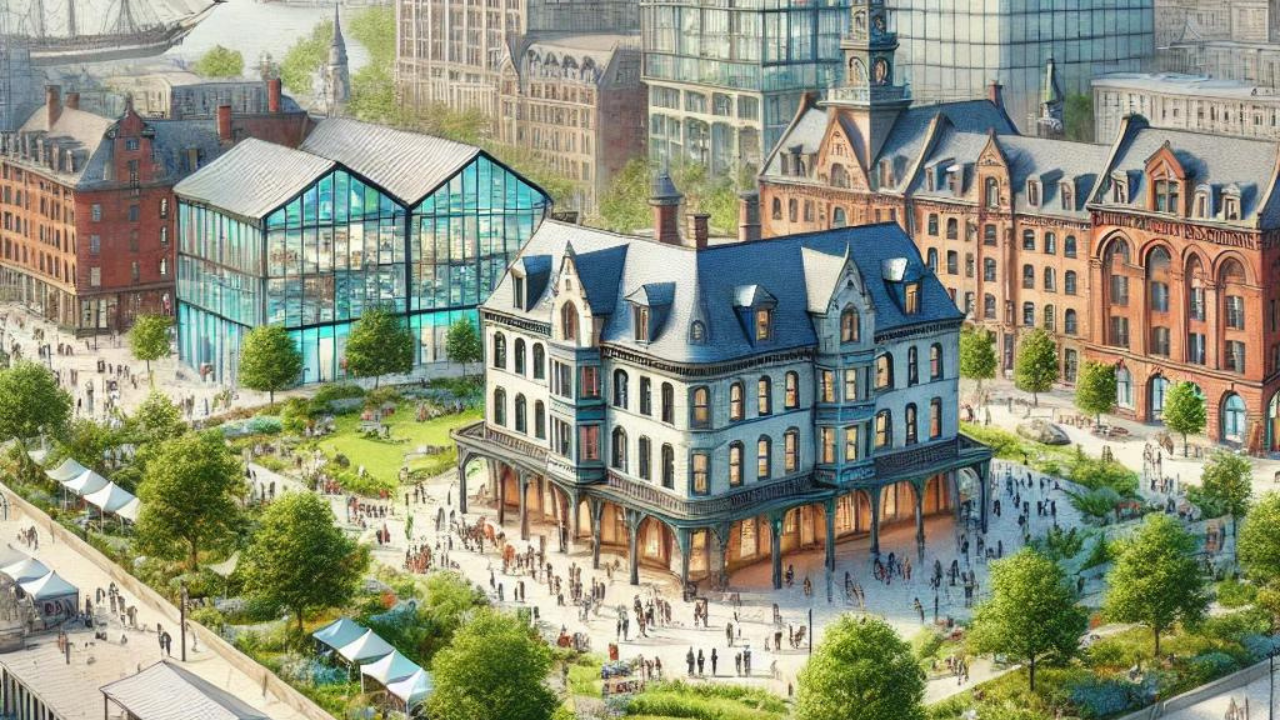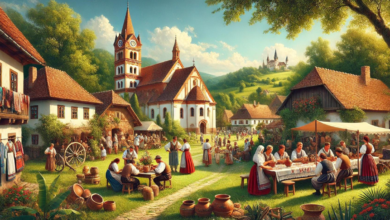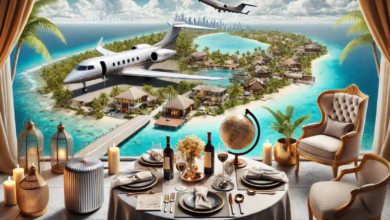Baltimore is known for its rich history, vibrant culture, and significant contributions to American architecture. One lesser-known yet impactful aspect of this city is the story of Strozer Baltimore. This place reflects the intersection of historical development, architectural styles, and urban culture, contributing to Baltimore’s evolving urban landscape. From the city’s architectural charm to the socio-cultural impact it has made, Strozer Baltimore has become an emblem of transformation and resilience.
Introduction
The city of Baltimore is an urban tapestry woven with centuries of history, tradition, and transformation. Strozer Baltimore, in particular, offers a unique narrative that illustrates how architecture and culture intersect to impact the city’s urban identity significantly. This article delves into the architectural significance, cultural influence, and broader urban development that Strozer Baltimore has shaped.
Historical Overview of Strozer Baltimore
Origins and Evolution
The origins of Strozer Baltimore can be traced back to the mid-19th century when the city was expanding rapidly due to industrialization and increased trade activities through its ports. Originally established as a trade center, Strozer Baltimore grew into a community space, housing businesses, residential areas, and vital architectural landmarks. As industries grew, so did the importance of this area in the city’s economic and social development.
Architectural Significance
Architectural Styles in Strozer Baltimore
Baltimore has long been characterized by various architectural styles, ranging from Federal and Georgian styles to more modern interpretations. Strozer Baltimore stands as a testament to this diversity. Many of the buildings within this district are a mix of Colonial Revival and Beaux-Arts styles, reflecting the period in which Baltimore was both a booming port town and a burgeoning city of national importance.
Colonial Revival Architecture: Strozer Baltimore is particularly renowned for its Colonial Revival buildings, which pay homage to the early American architectural heritage. These structures often feature brick facades, gabled roofs, and symmetrical windows that mirror the style of the original 18th-century Colonial homes.
Beaux-Arts Influence: Beaux-Arts architecture is prominent in some of the significant buildings within Strozer. With its grandeur and emphasis on classical elements such as columns and decorative facades, this architectural style lends a sense of elegance and formality to the area. Many of these buildings served as commercial hubs during the height of Baltimore’s trade dominance.
Modern Additions: As the years passed, Strozer Baltimore also saw an influx of modernist buildings, reflecting changing architectural trends in the 20th century. Glass facades, steel structures, and minimalist designs became part of the landscape, demonstrating the area’s ability to evolve with contemporary styles while maintaining its historical roots.
Cultural Influence
The Social Fabric of Strozer Baltimore
While its architecture tells part of the story, Strozer Baltimore’s cultural legacy is equally important. Over the years, the area has evolved into a melting pot of diverse communities, each contributing uniquely to the local culture. In its early days, Strozer was home to many immigrant communities, mainly from Germany, Italy, and Ireland. These groups contributed to the workforce and added their traditions, foods, and festivals, which remain a part of the local culture today.
Baltimore’s African-American community has also played a pivotal role in shaping the cultural fabric of Strozer. Throughout the 20th century, the area became a focal point for civil rights activism and artistic renaissance. Jazz music, arts, and literary movements thrived in Strozer Baltimore, making it a hub of African-American cultural production and political engagement.
Festivals and Cultural Events
Today, Strozer Baltimore hosts several cultural events and festivals that reflect its diverse history. The Strozer Street Fair, for example, celebrates the community’s rich past with food stalls, music, and art installations that pay homage to its architectural and cultural history. It’s also a time when the area’s immigrant roots are celebrated, with ethnic food stalls and performances from various communities that settled here.
Urban Impact
The Role of Strozer Baltimore in Baltimore’s Urban Development
Strozer Baltimore’s strategic location and architectural significance have profoundly impacted the city’s urban development. Located near Baltimore’s bustling port, the area has been a commercial hub for decades, fueling economic growth and attracting business. Its proximity to the seaport allowed it to become a trade center, spurring the construction of significant infrastructure, from roads and bridges to commercial and residential buildings.
Revitalization and Urban Renewal
Strozer Baltimore faced challenges in the 20th century, as with many urban areas, including industrial decline and population loss. However, urban revitalization projects in the late 20th and early 21st centuries have breathed new life into the area. Efforts to preserve the architectural integrity of Strozer’s historic buildings have been combined with modern renovations that promote mixed-use development, where residential, commercial, and cultural spaces coexist.
Sustainability Initiatives: In recent years, sustainability has become a key focus in Strozer Baltimore’s urban renewal efforts. Green building practices, including energy-efficient retrofits and the incorporation of green spaces, have contributed to the area’s resurgence. Local authorities have worked to maintain Strozer’s historic character while adapting it to the needs of a modern city.
Gentrification and Its Effects: While revitalization has brought economic opportunities, it has also led to debates over gentrification. As property values have risen, some long-time residents have been displaced. The challenge moving forward is ensuring that development benefits all community members while preserving the area’s cultural and architectural identity.
The Future of Strozer Baltimore
The future of Strozer Baltimore looks promising, with ongoing efforts to promote inclusive development that respects the area’s rich history. As Baltimore continues to evolve, Strozer Baltimore is set to remain an integral part of its narrative—its buildings are a testament to the past, and its cultural vitality is a beacon for the future.
Urban planners, architects, and historians increasingly focus on integrating modern needs with historical preservation. The goal is to ensure that future generations can enjoy and learn from Strozer Baltimore’s rich architectural and cultural heritage while allowing it to thrive as a modern, urban community.
Conclusion
Strozer Baltimore is more than just an area within a city; it reflects Baltimore’s history, culture, and architectural brilliance. From its 19th-century roots as a commercial hub to its modern-day role in urban renewal, Strozer Baltimore encapsulates the resilience and adaptability of this great city. As revitalization efforts continue, the challenge will be to balance modernization with preserving the area’s unique cultural and architectural identity, ensuring that Strozer Baltimore remains a significant part of Baltimore’s urban story.
FAQs about Strozer Baltimore
- What is Strozer Baltimore known for?
- Strozer Baltimore is known for its rich architectural heritage, combining Colonial Revival, Beaux-Arts, and modern styles. It has also significantly impacted the city’s cultural and social development.
- How has Strozer Baltimore contributed to urban development in the city?
- Strozer Baltimore has been a key commercial hub due to its proximity to the port. It has spurred economic growth and infrastructure development and has been a focal point of urban revitalization efforts.
- What are the main architectural styles found in Strozer Baltimore?
- The primary architectural styles in Strozer Baltimore include Colonial Revival, Beaux-Arts, and modernist designs. These styles reflect the area’s evolution from the 19th century to the present.
- What cultural events are held in Strozer, Baltimore?
- Strozer Baltimore hosts several cultural events, including the Strozer Street Fair, which celebrates the area’s diverse cultural history with food stalls, music, and art installations from various ethnic communities.
- How has gentrification affected Strozer Baltimore?
- While urban revitalization has brought economic growth, gentrification has led to rising property values, displacing some long-term residents. Balancing development with community inclusivity remains a challenge in the area.
You May Also Read: https://usaredmagazine.com/rajica-hungary-to-do/




